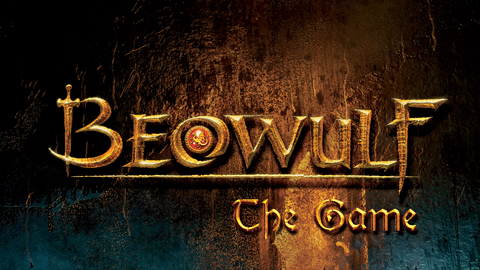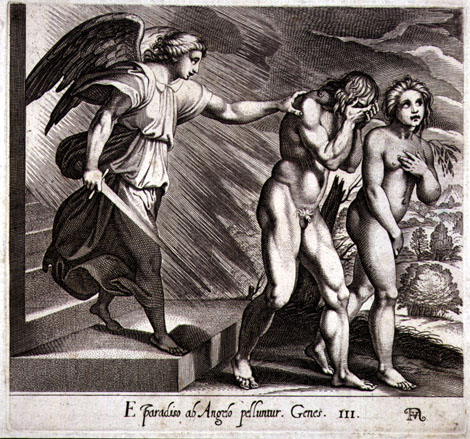The narrative structure of Old Man and the Sea is basically a chronological account of events stretching roughly four days. Such a narrative is structurally quite simple but the employment of the structural devices of framing and flashback widens the context and significance of the novella’s basic fishing tale. However, the two structural devices used are secondary to the fishing episode itself which forms the central structural block of the narration.
The central structural block of the narrative, which is an exponent of the man’s archetypal battle with the forces of nature bears testimony to Hemingway’s story-telling fecundity. By infusing suspense into the narrative, Hemingway entices the reader that remains hooked to the story trying to figure whether or not Santiago will make it back to the port with an intact marlin. This element of suspense creates a tension in the narrative that has been enhanced with a series of conflicts – Santiago’s will and intelligence pitted against the marlin instinct and power, Santiago’s protection of the marlin against the devouring sharks, his physical deterioration and against his mental resourcefulness, his hunter skill against his humane inclination and so on. The employment of these binaries in the chief structural block of the narrative makes the novella engaging and adds richness and uniqueness to the archetypal trope used by Hemingway.
Another feature of the narration of Santiago’s experience is the structural quantification with which Hemingway’s renders it. Hemingway has maintained a steady tattoo of numbers throughout the fishing portion of the novella. Santiago sets out four baits into the sea at the depths of 75, 100 and 175 fathoms. Manolin brought to him two fresh tuna and two dolphins swam around the boat on the first night. Santiago promises ten and then a hundred Hail Marys while pulling in the circling marlin on the third day and he sat down five times with his mast before reaching his hut. Critics view the number patterns in the narrative as an individual representation of a universal theme of human beings battling with nature.
The part of the narrative before and after Santiago’s venturing out in the sea, forms the frame that encloses the central fishing story. A frame is a structural device that adds a second layer of meaning to a narrative. Santiago’s three day exploit with the marlin in the Gulf Stream has an independent meaning of a man’s struggle with nature. This struggle, however, acquires significant social meanings when Santiago’s conversations with Manolin are added at the beginning and the end of the fishing tale as a frame. The full signification of Santiago’s act of bringing home the long white carcass of the marlin can only be understood when kept within the structural device of the frame. The narrative frame pointedly tells us about the younger fishermen who made fun of Santiago for his incapability of catching a fish for eighty-four days and older fishermen who considered the old man as a has-been by casting sympathetic glances in his direction. By returning with the great carcass of the marlin Santiago proved his prowess, skill and superiority over the disparaging young fishermen and the older ones alike.
The opening paragraph of the frame makes it clear that after forty fishless days, Santiago’s disciple Manolin’s father had concluded that the old man was unlucky and had ordered Manolin to fish with a different fisherman. This information revealed in the framing adds a whole significance to Santiago’s act of bringing the carcass home. It is to re-establish his credential as a fisherman par excellence under whose tutelage Manolin must fish; in the eyes of Manolin’s father. Santiago’s status a superior teacher is doubly confirmed in the end frame when upon being enquired by Santiago, Manolin confesses that his boat caught mere small Frys in comparison to Santiago’s giant.
Another important structural device is the flashbacks through which Hemingway sheds light upon the complete character of Santiago. Two detailed flashbacks presented as memories disrupt the central narrative – Santiago’s arm wrestling episode with the great Negro from Cienfuegos and his recall of the mated marlin that his fishing separated.
The flashback of Santiago’s arm wrestling episode which he recalls for a boost of confidence makes the readers notice a double strain of fraternal benevolence and egotism in the protagonist’s character. Santiago’s fraternal ethic has been established in the central narrative by the deep admiration and respect that the fisherman felt for the marlin. The arm wrestling flashback reveals Santiago indulging in the memory of his glory days. This indulgence is at odds with the picture that the central narrative draws of him as a humble old man who had attained dignity. If he had truly attained a state of dignity and humility then he would have looked back at the episode with disgust or amusement at the youthful folly of younger days, not with fond remembrance. Hence we see how this flashback adds a complexity to Santiago’s character by attributing to it both a fraternal as well as a competitive ethic.
The second flashback of how a mated male marlin had stayed all throughout the desperate fight of its female mate as Santiago clubbed and killed her, reveals the sentimentalism of the old man as he branded it as the saddest thing he ever saw. This flashback shows that Santiago is a sentimentalist who assigns unwarranted or excessive emotions to creatures and objects. His sentimentality is evident in the domestic drama he finds in the episode by equating the mating habits of the marlin with that of humans when in reality female marlins are broadcast spawners with multiple mates and an experienced fisherman such as himself would be knowing that.
The narrative structure of Old Man and the Sea is indeed simple with only two devices of framing and flashback. However, it is because of this basic structure that the novella does not make any demands on the reader that intricate fictions do and in turn touches them with an unperturbed intensity.
Some online learning platforms provide certifications, while others are designed to simply grow your skills in your personal and professional life. Including Masterclass and Coursera, here are our recommendations for the best online learning platforms you can sign up for today.
The 7 Best Online Learning Platforms of 2022
- Best Overall: Coursera
- Best for Niche Topics: Udemy
- Best for Creative Fields: Skillshare
- Best for Celebrity Lessons: MasterClass
- Best for STEM: EdX
- Best for Career Building: Udacity
- Best for Data Learning: Pluralsight
















